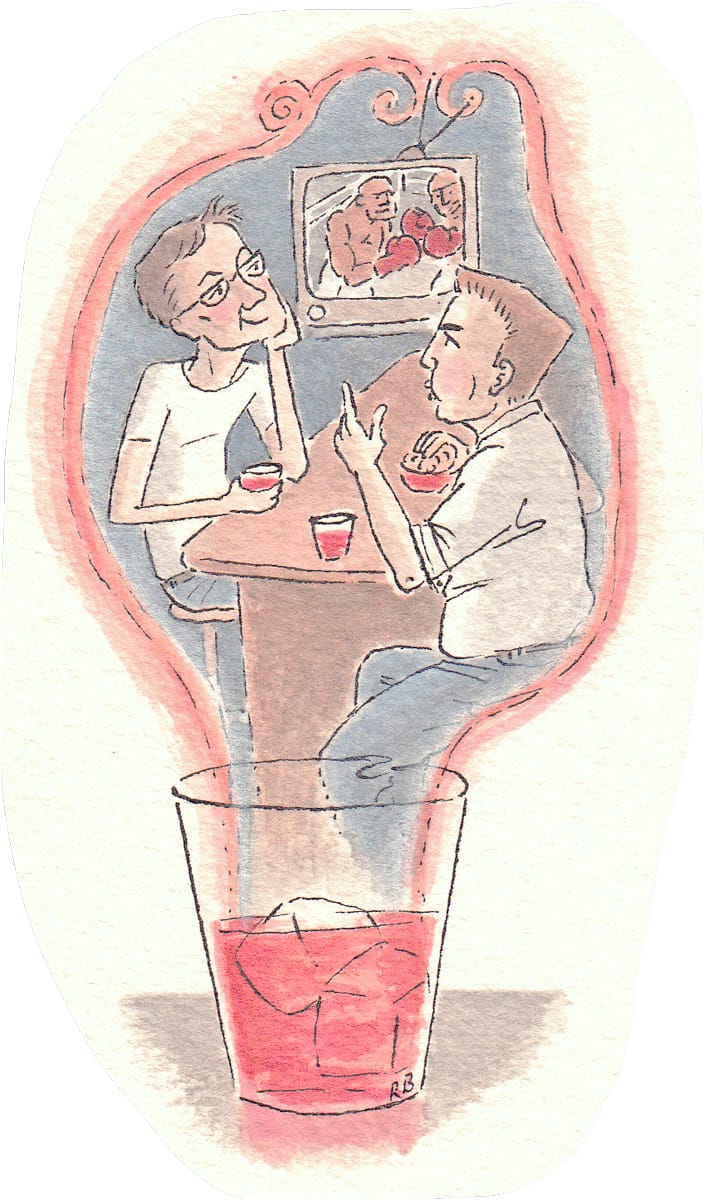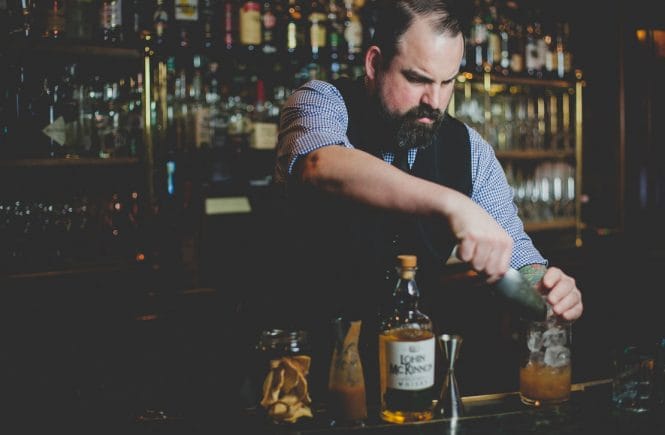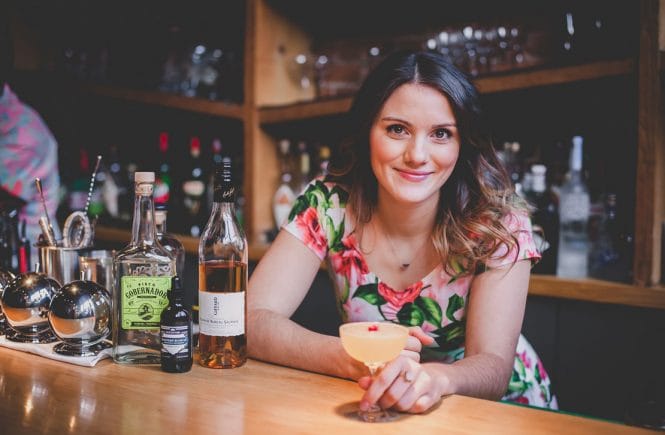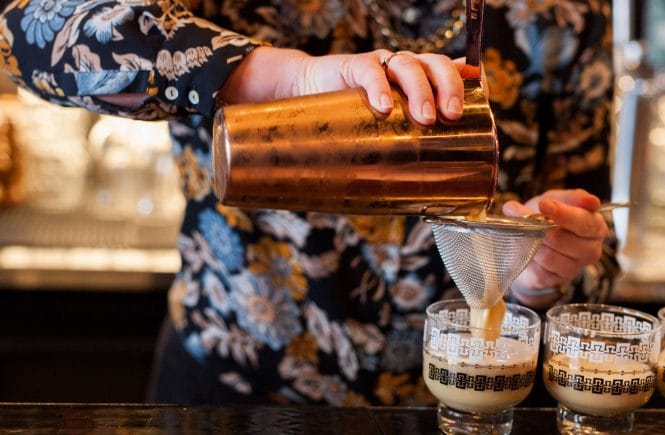Our man at the bar, John Burns, on the seductive power of nomenclature

Names are my downfall. I’m just a sucker for them. For fanciful origin stories and tales of whimsy. The music of language spellbinds me, which is why I fall so often and so hard for the poetry of the label.
Take Bénédictine, that herbal liqueur purportedly invented by Norman monks. A cabal of French brothers whose order was founded by a Merovingian count in 658 AD created a secret recipe 500 years ago, then mislaid it when they fled the French Revolution. Come 1863, the industrialist Alexandre Le Grand — whose granddaughter Simone Beck would go on to co-author Mastering the Art of French Cooking — rediscovered (or made up) this proprietary mix of 27 botanicals and bottled it, sealing it with the gilded letters DOM: Deo Optimo Maximo, or “To God Most Good, Most Great.” Who could hear such an improbable yarn and stand unmoved?
Wordplay matters, for me. By linguistic romance, by drama and storytelling, the flavour shifts in the glass. I’m in love with the Singapore Sling not only because it includes Bénédictine, but because it was invented at the Raffles Hotel in colonial Singapore. Drinking one, I feel like the hero of a James Clavell novel, dog-tired of this world yet unable to quench my thirst for adventure and the conquest of markets and women. Over the top? Absolutely. If I wanted a drink to accompany a spreadsheet, I’d order a Tab.
I feel like the hero of a James Clavell novel, dog-tired of this world yet unable to quench my thirst for adventure and the conquest of markets and women.
When I finally make it to Singapore, make mine a Sling. Just as when I recently found myself in New Orleans for the first time, of course I chose a Sazerac. The name isn’t that meaningful (it was originally made from a Cognac manufactured by Sazerac de Forge & Fils), but it’s got history to the gills. Hell, it’s the official drink of NOLA. If you’re curious to know more, Esquire’s David Wondrich will instruct you in not just its wheres and whens, but its persuasive character as well. A Sazerac is “the kind of thing you’d put away a three-bagger of while sitting in some palooka dive two blocks down Eighth Avenue from Stillman’s gym with your pal who works for The Sporting News, cracking peanuts and dissecting Sonny Liston’s chances against Cassius Clay.” Uh, yes please.
So 10 minutes out of my cab, I’m poolside at my hotel a block off Bourbon Street and here comes my Sazerac. It’s served, not per custom, in a plastic stemmed wineglass (so I’m guessing my bartender skipped the traditional absinthe rinse) and it’s vivid orange in colour (so I’m guessing my bartender also skipped the traditional Peychaud’s). It’s wickedly strong and has an astringency I hadn’t expected. Damn bartenders! The romance is off, and I switch to wine for dinner and beer for the night, promising myself a do-over.
That chance comes the next night in a seafood joint down the road. The glassware is dishwasher-safe and the colour is more what I’d expected, but there’s no getting around it. The drink may date back 130 years. It may contain the medicinal tincture of New Orleans apothecary Antoine Amédée Peychaud. And it may have one of those names that just grows more entertaining as the night wears on, but I don’t like it. It’s too boozy and bitter. Apparently I don’t like cocktails made to swill with my pal from The Sporting News after all. That’s OK. I’m in New Orleans, cradle of cocktaildom. I’ll have a Ramos Gin Fizz. David Wondrich says it evokes “slim, brown-eyed beauties who smell of magnolias.” Bartender?
—by John Burns




